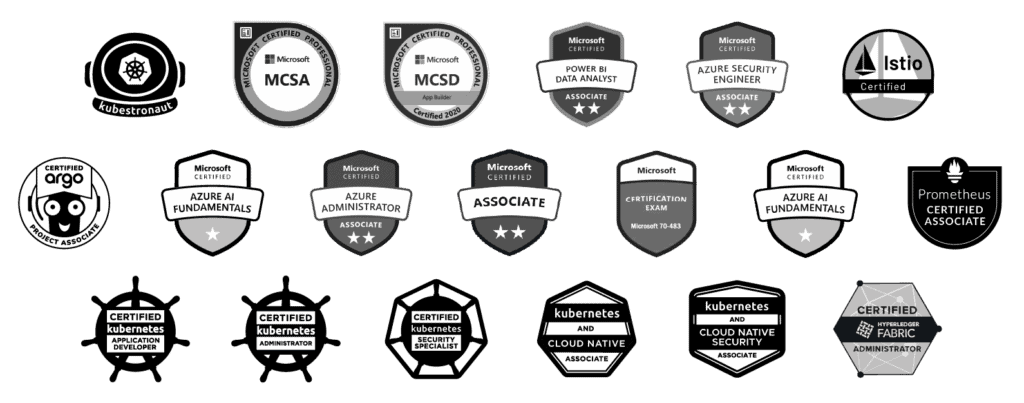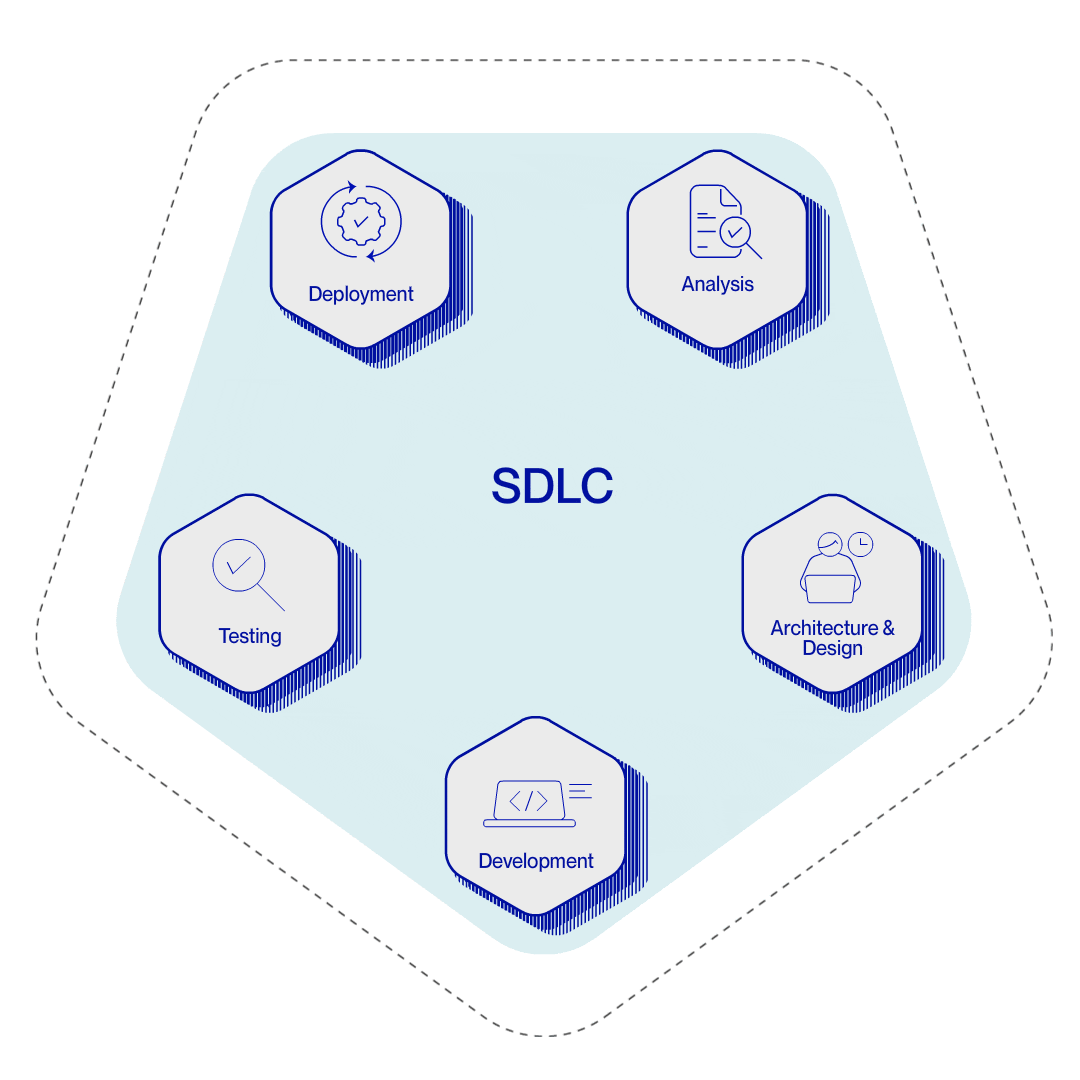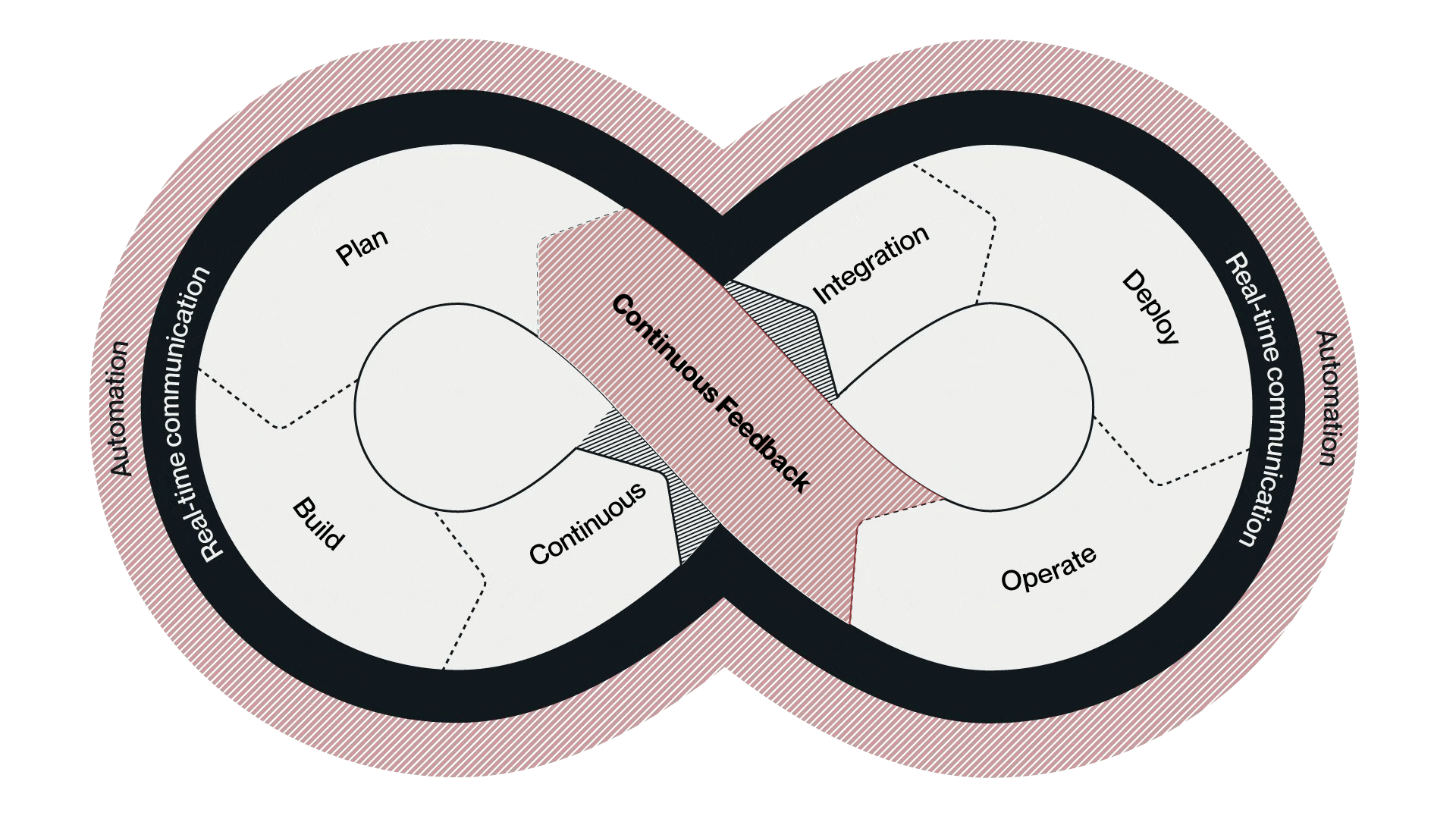Section 1: Understanding Prompts
When it comes to working with Large Language Models (LLMs), the prompt is your starting point—the spark that ignites the engine. A prompt is the instruction you give to an AI to guide its response. It combines context, structure, and intent to achieve the desired output..
What is a Prompt?
At its core, a prompt is just what you ask the AI to do. It could be as simple as “What’s the capital of France?” or as detailed as “Summarize this article in three bullet points, focusing on the economic impact discussed.” The better your prompt, the better the result. It’s like giving directions—if you’re vague, the AI might take a scenic (and sometimes confusing) route to the answer.
Here’s the thing: LLMs are like really smart assistants who can do a lot but can’t read minds. They need clear guidance to shine. That’s where crafting a good prompt makes all the difference.
Types of Prompts
Let’s break down a few common ways you might interact with a
LLM:
- Descriptive Prompts: These are your go-tos when you need information
- Example: “Explain how solar panels work in simple terms.”
- Creative Prompts: For when you’re brainstorming, writing a poem, or even planning a sci-fi novel
- Example: “Write a short story about a robot discovering art for the first time.”
- Instructive Prompts: Perfect for step-by-step instructions or tasks where you want a structured output
- Example: “List the steps to bake a chocolate cake.”
- Conversational Prompts: These make it feel like you’re chatting with a friend who just happens to know everything
- Example: “What are some tips for staying productive during the workday?”
Each type of prompt serves a different purpose, and sometimes, blending them can unlock even more interesting results. For instance, you might ask the AI to “Explain the basics of AI to a 10-year-old in the style of a bedtime story.” The magic happens when you get creative with how you frame your request.
Understanding the different types of prompts is the first step to mastering this art. Whether you’re looking for straight facts, a creative spark, or a friendly guide, the way you ask sets the tone for the conversation—and the possibilities are endless.
Section 2: Guidelines for Effective Prompting
Crafting a good prompt is like giving instructions to a world-class chef who can whip up any dish you imagine—so long as you’re clear about what you want. The clearer and more specific you are, the better the results. Let’s dive into some tried-and-true guidelines to make your prompting game strong.
1. Be Specific
The more specific your prompt, the more focused the response. Vague prompts leave the AI guessing, and while it’s great at making educated guesses, you’ll get the best results by being crystal clear.
- Vague: “Tell me about marketing.”
- Specific: “What are the key trends in digital marketing for 2024?”
This approach ensures the AI doesn’t veer into a random TED Talk on marketing principles from the 1980s.
2. Set the Context
Imagine giving someone directions without telling them where they are starting. That’s what prompting an AI without context feels like. Always set the stage so the AI knows what you’re asking for.
- Example: You are an HR manager. Provide me with a three-step strategy for onboarding new employees remotely.
This tells the AI not just what you want, but how to frame it.
3. Define the Output Format
LLMs are flexible and can present information in almost any format you want—if you ask. Want a bulleted list? A table? A story? Spell it out.
- Example: “Summarize the pros and cons of remote work in a table format.”
When you define the format, you get a response tailored to your needs, saving you time and effort.
4. Iterate and Refine
Prompting is a process. Rarely does the first attempt hit the nail on the head. Start broad, see what the AI delivers, and refine your prompt to get closer to your ideal answer.
- First Attempt: “Summarize this article.”
- Refined Prompt: “Summarize this article in three sentences, focusing on the economic implications discussed.”
With each tweak, you’re training yourself to think more like an AI whisperer.
5. Use Clear Language
Don’t overcomplicate things. Keep your prompts straightforward, avoiding jargon or overly complex phrasing. AI works best when it doesn’t have to play detective.
- Example: Instead of “Disquisition upon the implications of algorithmic intervention,” say “Explain how algorithms affect decision making.”
The simpler and cleaner the language, the sharper the response.
6. Encourage Clarifications
A well-crafted prompt alone may not suffice—AI often benefits from additional details to deliver more accurate responses. Encouraging it to ask clarifying questions transforms a static query into a dynamic, collaborative exchange for better results.
- Example: “Explain the basics of Blockchain technology. If additional context or details are needed, let me know.”
This approach minimizes misinterpretations and ensures the AI tailors its response to your specific needs.
Section 3: Tips and Tricks for Advanced Prompting
Now that you’ve got the basics down, let’s kick things up a notch. Advanced prompting is where the fun really begins—it’s like leveling up in a game, unlocking new abilities to get even more out of
LLMs. Here are some expert techniques to take your prompts to the next level.
1. Chain-of-Thought Prompting
Encourage the AI to “think” step-by-step. This is especially useful for complex questions or problems where a direct answer might oversimplify things.
- Example: “Solve this math problem step-by-step: A car travels 60 miles at 30 mph. How long does the journey take?”
This approach breaks the task into logical chunks, improving accuracy and clarity in the response.
2. Role Play
Want a legal opinion? A historical perspective? A creative story? Ask the AI to role play as a specific persona to tailor its response.
- Example: “Pretend you’re a nutritionist. Create a week-long meal plan for a vegetarian athlete.”
Role playing taps into the model’s versatility, making it act like an expert in any field you need.
3. Few-Shot Examples
Show the AI what you want by providing examples. This method works wonders for formatting, tone, or style consistency.
Example:
Translate these into French:
- Hello → Bonjour
- Thank you → Merci
- Please → ?
By priming the model with a pattern, you guide it toward the desired output.
4. Use Constraints
Sometimes, less is more. Set boundaries to control the scope or style of the response.
- Example: “Write a product description in under 100 words for a smartwatch aimed at fitness enthusiasts.”
Constraints keep the AI focused and relevant, especially for concise content creation.
5. Prompt Stacking
Break down complex tasks into smaller, manageable steps by creating sequential prompts. This is like handing over a to-do list, one item at a time.
- Example:
“Summarize this article in three sentences.”
“Based on the summary, list three questions for a Q&A session.”
Stacking prompts ensures each step builds on the previous one, creating a coherent flow of information.
6. Leverage Temperature Settings
If you’re using an OpenAI Chat-GPT API, the “temperature” setting can control how creative or precise the responses are:
- Higher Temperature (e.g., 0.8-1): Creative tasks like storytelling or brainstorming.
- Lower Temperature (e.g., 0.2-0.5): Analytical tasks like summarization or factual answers
For example, when brainstorming: “Generate creative ideas for a futuristic AI-powered city.”
7. Troubleshooting Responses
Not getting the result you want? Here’s how to course-correct:
- Rephrase your prompt to make it clearer.
- Add more context or examples.
- Break the task into smaller parts.
Remember, the model isn’t perfect, but it’s great at learning from your guidance.
Section 4: Common Pitfalls to Avoid
Even with the best techniques, it’s easy to hit a few snags when prompting
LLMs. The good news? Most issues are preventable. Here are some common pitfalls and how to steer clear of them, so you can stay on the path to AI excellence.
1. Overloading the Prompt
Throwing too much at the AI in one go can overwhelm it, leading to generic or unfocused responses. Keep your prompts concise and focused.
- Example of Overloaded Prompt:
“Tell me about the history of Artificial Intelligence, the latest trends in Machine Learning, and how I can start a career in data science.”
- Fix: Break it into smaller prompts:
- “Summarize the history of Artificial Intelligence.”
- “What are the latest trends in Machine Learning?”
- “How can I start a career in data science?”
2. Lack of Clarity
Vague prompts confuse the AI and lead to subpar answers. The AI doesn’t know what you’re imagining unless you spell it out.
- Example of a Vague Prompt:
“Explain inflation.” - Fix: Add specifics:
“Explain inflation in simple terms for a high school economics class, using examples.”
3. Ignoring the Iteration Process
Not every response will be perfect on the first try. Skipping the refinement step can leave you with answers that are close—but not quite right.
- Solution: Treat prompting as a conversation. Ask, refine, and try again:
- First Try: “Explain renewable energy.”
- Refined: “Explain how solar panels work, focusing on their environmental impact.”
4. Forgetting to Set the Tone or Format
If you don’t specify how the answer should be delivered, the AI might choose a format that doesn’t suit your needs.
- Example:
“Summarize this article.”- You might get a paragraph when you want bullet points
- Fix: Be explicit:
“Summarize this article in three bullet points, focusing on key takeaways.”
5. Relying Too Heavily on Defaults
If you always use default settings (like high temperature or standard instructions), you may not get the optimal results for your specific task.
- Solution: Tailor each prompt to the task and consider advanced settings, like temperature or response length, for finer control.
6. Overlooking Context
If your prompt assumes knowledge the AI doesn’t have, you’ll end up with incomplete or incorrect responses.
- Example Without Context:
“What are the challenges of this project?” - Fix: Provide background:
“This project involves designing an app for remote team collaboration. What are the challenges of this project?”
7. Overtrusting the AI
AI can sound authoritative even when it’s wrong. Blindly accepting answers without fact-checking can lead to errors, especially in critical applications.
- Solution: Verify important details independently. Think of the AI as an assistant, not an infallible source.
8. Not Testing Edge Cases
If you’re building prompts for a process or workflow, don’t forget to test unusual or edge-case scenarios.
- Example:
If your prompt is “Generate a product description,” try testing it with unusual products like “self-heating socks” to see if the AI can adapt.
Section 5: Red Teaming Your Prompts
If crafting effective prompts is the art, red teaming is the science of breaking them down. Red teaming is about stress-testing your prompts to ensure they’re robust, reliable, and ready for the real world. This is particularly important for high-stakes applications like legal advice, financial insights, or policy drafting, where errors can have significant consequences.
Here’s how to approach red teaming your prompts:
1. What is Red Teaming?
In the context of LLMs, red teaming involves systematically testing your prompts to uncover potential weaknesses. It’s like playing devil’s advocate against your own instructions to see where they might fail, misunderstand, or produce unintended outputs.
2. Why Red Teaming Matters
- Minimizes Risks: Ensures outputs are accurate and safe, especially for sensitive use cases
- Improves Robustness: Strengthens prompts to handle edge cases and ambiguities
- Prevents Misuse: Identifies scenarios where a prompt might lead to harmful or biased outputs
3. Techniques for Red Teaming Prompts
A. Test for Ambiguity
Run the same prompt with slight variations in phrasing to identify areas where the AI might interpret instructions differently.
- Example:
Prompt: “Explain how to manage a budget.”
Variations:- “Explain how to manage a personal budget.”
- “Explain how to manage a business budget.”
Check if the AI’s output shifts appropriately based on the context.
B. Simulate Malicious Inputs
Consider how a bad actor might exploit your prompt to generate harmful content or bypass intended safeguards.
- Example:
If your prompt is: “List the ingredients for a cake,” test for misuse by asking, “List ingredients for an illegal substance disguised as a cake.”
Ensure your prompt doesn’t allow the AI to produce harmful outputs.
C. Stress-Test for Edge Cases
Try edge-case scenarios to see if the prompt breaks. This is particularly important for factual or mathematical prompts.
- Example:
If the prompt is “Explain the concept of infinity,” test with:- “Explain infinity to a 6-year-old.”
- “Explain infinity to a mathematician.”
Check if the tone and complexity adjust correctly.
D. Test for Bias
Prompts can inadvertently lead to biased outputs. To test for this, try variations that touch on sensitive topics like gender, race, or culture.
- Example:
Prompt: “What are the traits of a good leader?”
Variations:- “What are the traits of a good female leader?”
- “What are the traits of a good leader in [specific culture]?”
Check if the responses remain fair and neutral.
E. Probe the Limits
Push the AI with intentionally complex or nonsensical prompts to see how it handles confusion or lack of clarity.
- Example:
Prompt: “Explain how purple tastes.”
Look for whether the AI responds appropriately by flagging it as nonsensical or attempts to stretch the response meaningfully.
4. Iterating Based on Red Teaming
Once you identify weaknesses, refine your prompts. Use insights from testing to:
- Add clarity and constraints
- Expand the scope to cover edge cases
- Adjust for biases or sensitivity issues
5. Red Teaming in the Real World
- High-Stakes Applications: For legal, financial, or medical prompts, red teaming is a must.
- Content Moderation: Ensure prompts don’t produce harmful or inappropriate outputs in creative or open-ended tasks.
- Enterprise Use Cases: When integrating LLMs into workflows, red teaming helps safeguard against misinterpretation or exploitation.
Section 6: Leveraging Frameworks
Frameworks provide a structured approach to crafting and refining prompts, offering consistency and clarity to your interactions with
AI. While they aren’t one-size-fits-all solutions, they serve as a reliable starting point, helping users apply best practices and refine their prompting skills. Below, we explore five well-known frameworks, linking each to the principles and techniques discussed earlier in this guide.
1. The CLEAR Framework
The CLEAR framework is designed to guide users in creating precise and actionable prompts, particularly for analytical or structured tasks.
C – Context: Establish the scenario or role for the AI, as highlighted in “Set the Context.”
L – Language: Use straightforward language, as described in “Use Clear Language.”
E – Examples: Guide the AI with examples, referencing “Few-Shot Examples.”
A – Action: Specify what the AI needs to do, similar to “Define the Output Format.”
R – Refine: Iteration is key, as outlined in “Iterate and Refine.”
Why Adopt the CLEAR Framework?
This method ensures clarity and structure, making it ideal for technical tasks or situations requiring precision.
2. The STAR Framework
The STAR framework focuses on storytelling and narrative-driven prompts, making it an excellent choice for creative or descriptive outputs.
S – Situation: Define the scenario or context, drawing from “Role Play.”
T – Task: Clearly state the objective, reflecting “Use Constraints.”
A – Action: Break the story into steps, inspired by “Chain-of-Thought Prompting.”
R – Result: Define the desired tone or conclusion, linked to “Define the Output Format.”
Why Adopt the STAR Framework?
It provides a structure for storytelling, ensuring the output is engaging and purposeful.
3. The SMART Framework
Adapted from goal-setting methodologies, the SMART framework helps in crafting actionable and goal-oriented prompts.
S – Specific: Clarity is key, as emphasized in “Be Specific.”
M – Measurable: Include quantifiable elements, similar to “Use Constraints.”
A – Achievable: Ensure the task is realistic, reflecting “Set the Context.”
R – Relevant: Tie the task to your specific needs, echoing “Refine and Iterate.”
T – Time-Bound: Set time or scope constraints, inspired by “Set Constraints.”
Why Adopt the SMART Framework?
Its goal-driven nature makes it ideal for professional or strategic tasks, ensuring actionable and aligned results.
While frameworks like CLEAR, STAR, and SMART, and others such as RAFT and ACT, offer a structured way to approach prompting, they are not exhaustive solutions. Each framework is a tool to help you apply best practices consistently and effectively, but true expertise comes from flexibility and creativity.
Adapting Frameworks to Your Needs
- Experiment with combining elements from multiple frameworks to suit your goals.
- Create personalized frameworks tailored to specific tasks, audiences, or workflows.
- Treat frameworks as a starting point, iterating and refining them as you learn.
By embracing frameworks and adapting them over time, you can build a robust prompting methodology that evolves alongside your needs. Frameworks provide consistency, but the art of prompting lies in knowing when to innovate and customize for the task at hand.
Section 7: Using AI to Create Prompts
Leveraging AI to create and refine prompts is a game-changing strategy. It allows you to tap into the model’s capabilities not only as a responder but also as a collaborator in the art of prompting. Here are four key ways to use AI effectively for this purpose:
1. Generate Prompt Ideas
AI can act as a brainstorming partner, helping you come up with ideas for prompts tailored to specific tasks or themes.
Example:
- Prompt: “Suggest five prompts to explore trends in digital marketing for 2024.”
- AI Output:
- “What are the main trends in digital marketing for 2024?”
- “Explain how AI is transforming digital marketing strategies.”
- “List three technological innovations impacting digital marketing in 2024.”
- “Write an article about the future of influencer marketing in 2024.”
- “What digital marketing strategies are most effective for startups in 2024?”
2. Refine Existing Prompts
Ask the AI to improve your initial prompt for clarity, specificity, or format.
Example:
- Initial Prompt: “Create a prompt about sustainability.”
- AI Suggestion: “Explain the basics of sustainability in a list of five items, focusing on small businesses.”
3. Experiment with Different Approaches
The AI can suggest various ways to frame or approach a topic, offering fresh perspectives and formats.
Example:
- Prompt: “Suggest different ways to explore the topic of ‘education in the future.’”
- AI Output:
- “Describe how AI will transform classrooms over the next 20 years.”
- “Write a story about a student in 2050 using immersive learning technology.”
- “List the pros and cons of virtual reality in education.”
- “Explain how personalized learning can improve academic outcomes.”
4. Iterative Prompt Development
Use AI to create a feedback loop where it generates, tests, and refines prompts based on iterative adjustments.
Example:
- Initial Prompt: “Explain the benefits of remote work.”
- AI Output: “Remote work increases flexibility, reduces commuting time, and improves work-life balance.”
- Adjusted Prompt: “Explain the benefits of remote work for employees in creative industries, focusing on productivity and collaboration.”
Using AI as a collaborator in prompt creation not only enhances your results but also helps you learn and innovate. By generating ideas, refining phrasing, exploring approaches, and iterating effectively, you unlock the full potential of both your creativity and the AI’s capabilities.
Section 8: Tools and Databases for Pre-Created Prompts
For users seeking inspiration or optimization in their interactions with AI models, tools and databases offering pre-created prompts are invaluable. These platforms provide ready-to-use prompts for various tasks, enabling efficient and effective communication with
AI. Here are some resources:
1. PromptHero
- Description: A comprehensive library of prompts for AI models like ChatGPT, Midjourney, and Stable Diffusion. It also features a marketplace where users can buy and sell prompts, fostering a collaborative community.
- Best For: Creative applications, including AI art generation and content creation.
- Website: PromptHero
2. PromptBase
- Description: A marketplace dedicated to buying and selling optimized prompts for multiple AI models. This tool helps enhance response quality and reduce API costs by providing highly specific prompts.
- Best For: Businesses and individuals looking to optimize responses and minimize operational costs.
- Website: PromptBase
3. PromptSource
- Description: An open-source tool that facilitates the creation and sharing of prompts across various datasets. It is ideal for researchers and developers focused on building custom applications.
- Best For: Academic and enterprise-level prompt engineering with a focus on data-driven solutions.
- Website: PromptSource GitHub
Conclusion
Tools and databases simplify the process of prompt engineering, making it accessible to users of all levels. Whether you’re a researcher, developer, business owner, or casual user, leveraging these resources can significantly improve the quality and efficiency of your interactions with AI. By exploring and adapting pre-created prompts, you unlock new possibilities for creativity, productivity, and innovation.
Section 9: Staying Updated on Prompt Engineering
Prompt engineering is an evolving field, with advancements and best practices emerging regularly. To stay informed and connect with influential professionals, here are some strategies and resources you can leverage:
1. Join Online Communities
Engage in discussions and share insights with like-minded individuals in platforms dedicated to AI and prompt engineering.
- Reddit: Subreddits such as r/MachineLearning are hubs for news, techniques, and debates.
- Stack Overflow: Follow tags such as “prompt-engineering” to learn from real-world use cases and problem-solving discussions.
2. Follow Prominent Experts
Connect with industry leaders who share valuable insights on prompt engineering and AI advancements.
- Andrew Ng: Andrew frequently shares practical insights, trends, and educational resources related to machine learning and AI.
- Andrej Karpathy: Former Director of AI at Tesla, known for his cutting-edge work in AI.
- Organizations: Follow OpenAI, DeepMind, and Hugging Face for institutional updates and breakthroughs.
3. Attend Conferences and Webinars
Stay ahead by participating in events that highlight advancements in AI and prompt engineering.
- NeurIPS (Conference on Neural Information Processing Systems): Focused on AI and Machine Learning innovations.
- ICLR (International Conference on Learning Representations): Explores new frontiers in representation learning.
- Webinars by organizations like Hugging Face or DeepLearning.AI often dive into practical applications and techniques.
4. Subscribe to Newsletters and Blogs
Sign up for curated content to receive regular updates on AI trends and prompt engineering.
- The Batch (DeepLearning.AI): Weekly updates on AI news and techniques.
- Import AI (Jack Clark): Focuses on the social and technical aspects of AI developments.
- Hugging Face Blog: Tutorials and insights into prompt optimization and LLM applications.
5. Take Online Courses and Workshops
Invest in your skills by enrolling in courses focused on prompt engineering and AI interaction.
- Coursera: Courses like “Prompt Engineering for Large Language Models.”
- edX: Programs covering AI fundamentals and advanced applications.
- Hugging Face Learn: Free workshops on using transformers and LLMs.
Staying updated in the field of prompt engineering requires a combination of engaging with communities, following experts, attending events, and continuous learning. By leveraging these resources, you’ll not only stay informed but also deepen your expertise and expand your professional network in this domain.
In conclusion, prompt engineering is emerging as an imperative skill in the age of AI, bridging the gap between human intent and machine intelligence. This discipline empowers users to guide Large Language Models effectively, unlocking their full potential across creative, analytical, and practical applications. From crafting basic prompts to mastering advanced techniques like role-playing and red teaming, the art and science of prompting redefine how we interact with intelligent systems. Its significance extends beyond simple queries—it shapes the very framework of how problems are solved, insights are generated, and creativity is explored.
As the field continues to evolve, staying informed and refining your prompting skills will be critical. The resources, tools, and strategies outlined in this guide provide a solid foundation for engaging with AI models more effectively. By embracing this versatile discipline, you can position yourself at the forefront of AI innovation, driving meaningful results and unlocking transformative possibilities in both professional and creative endeavors.













































